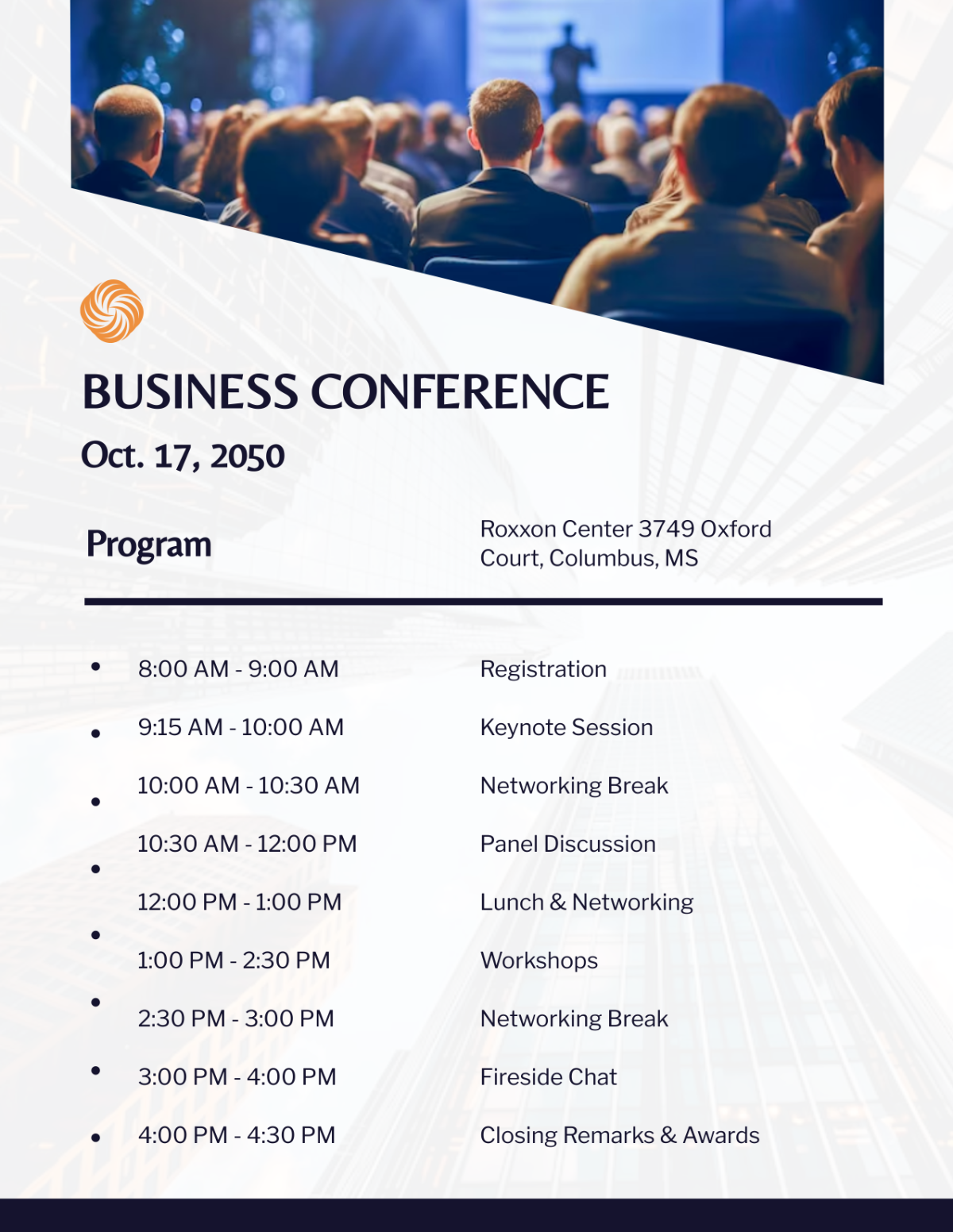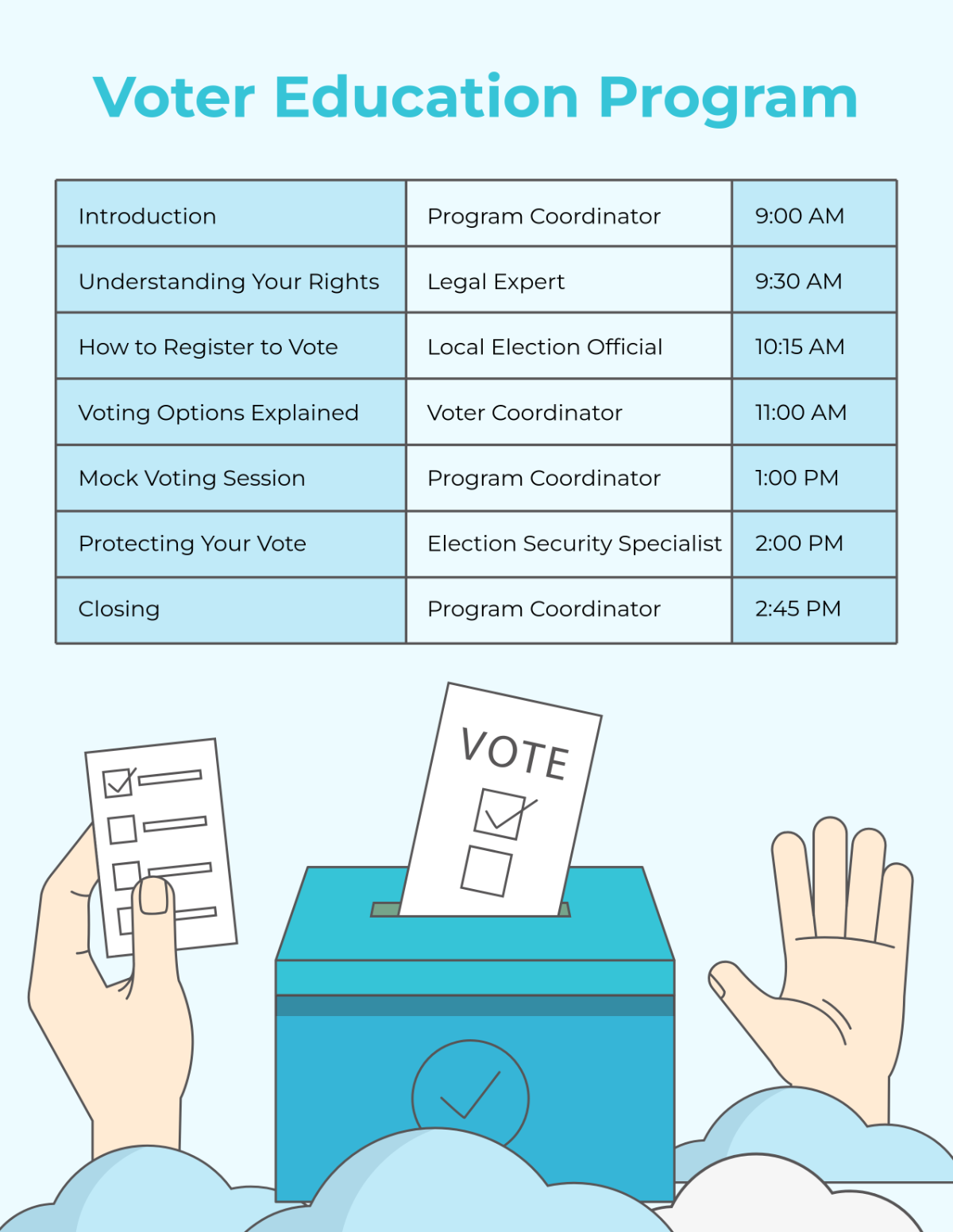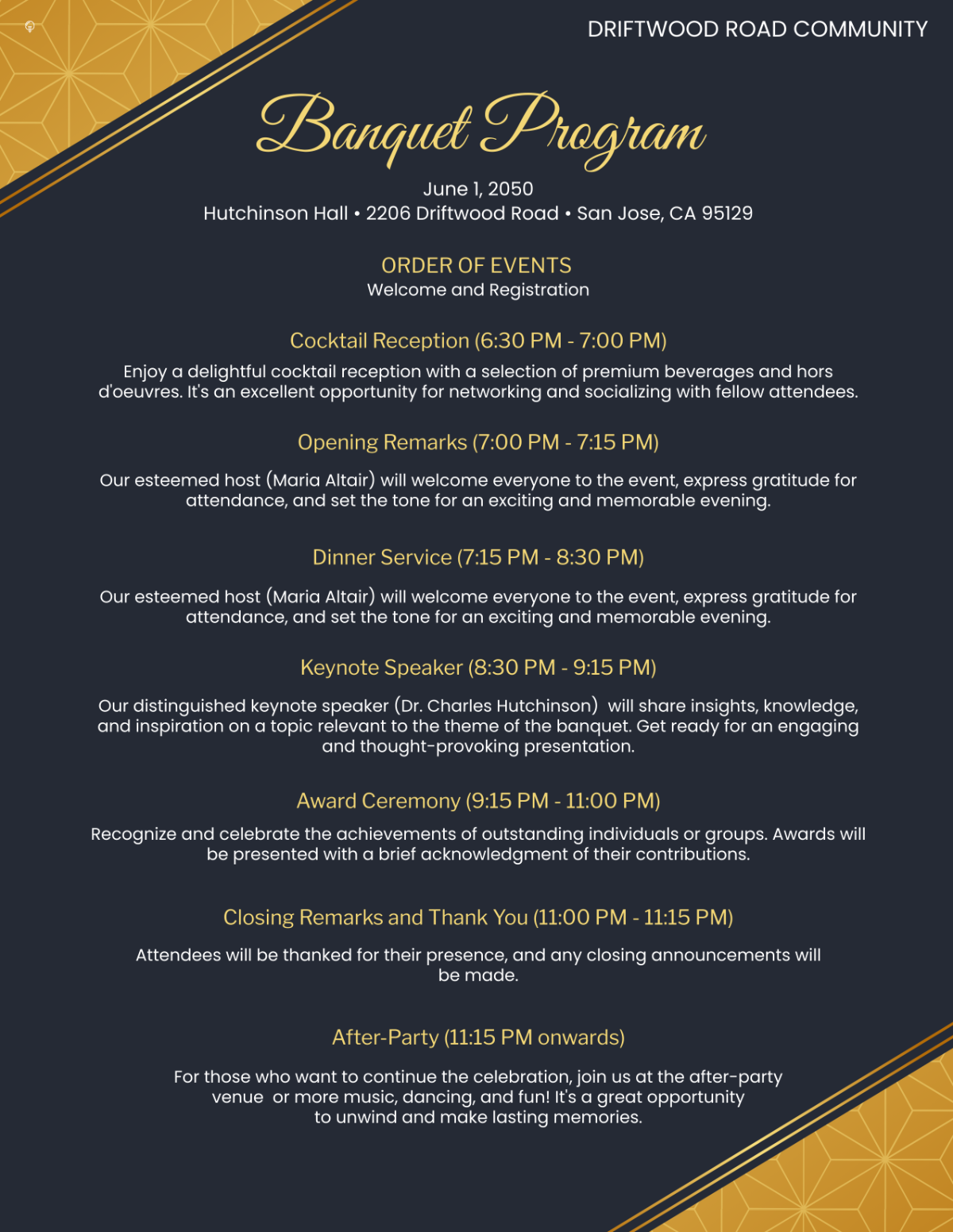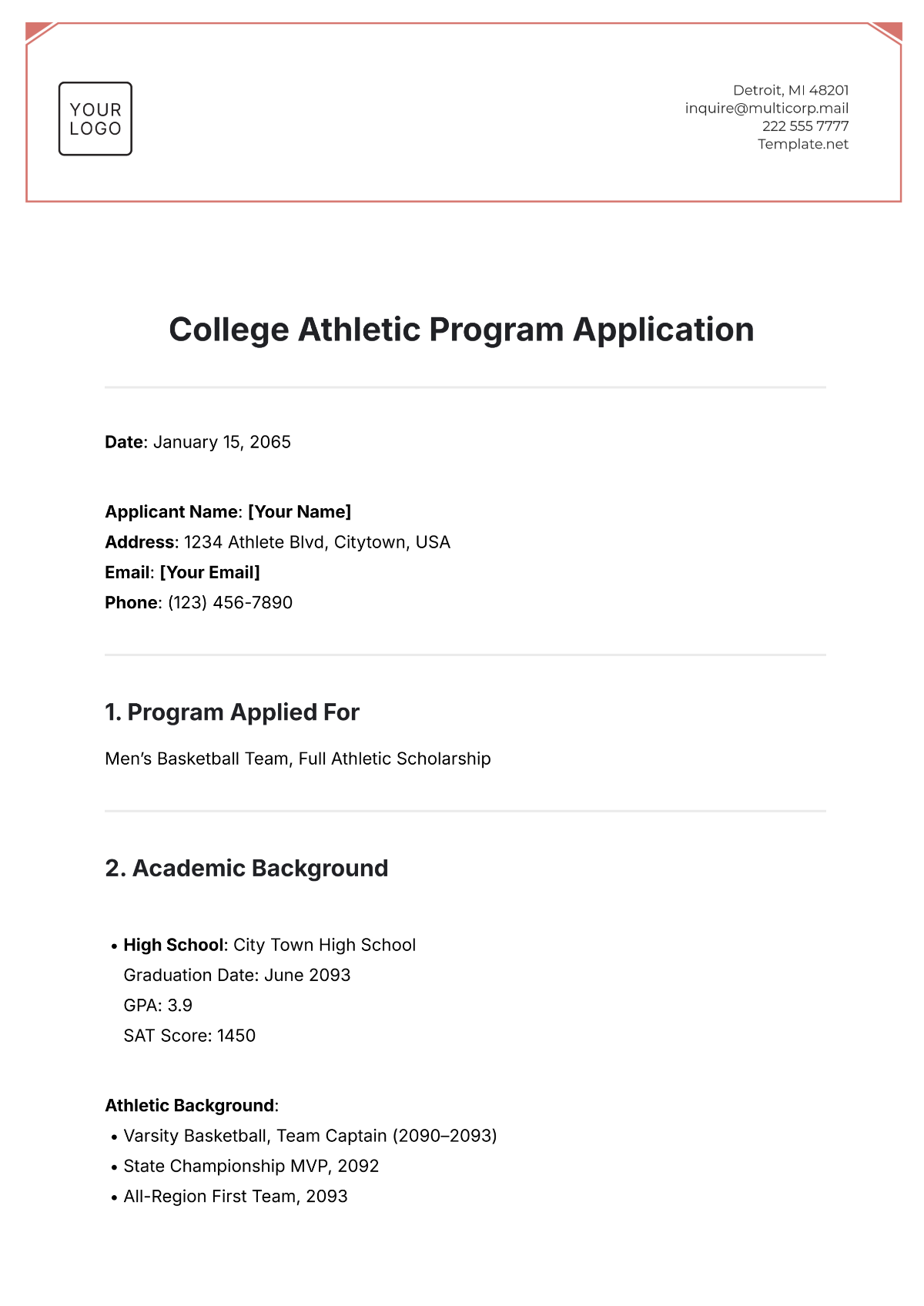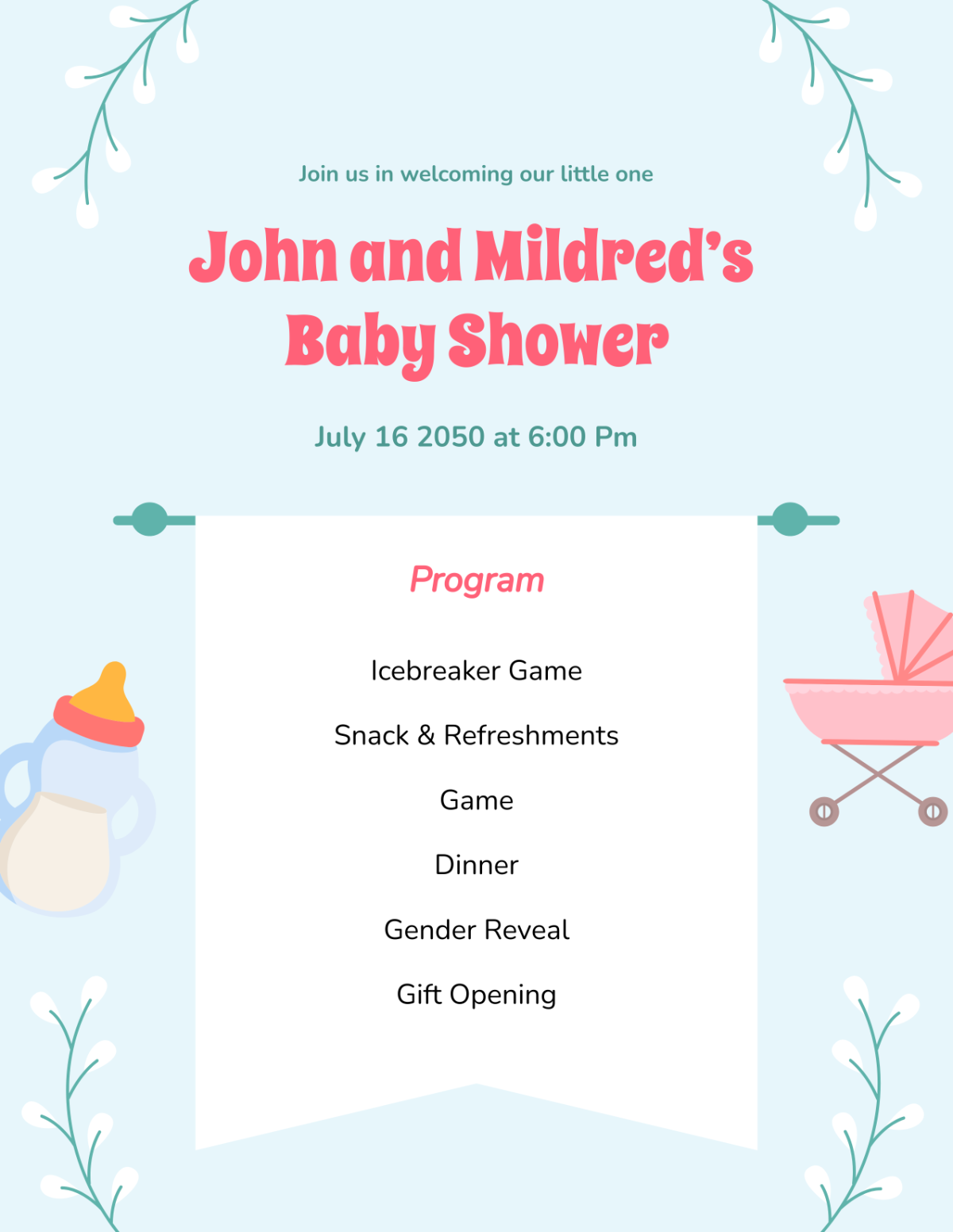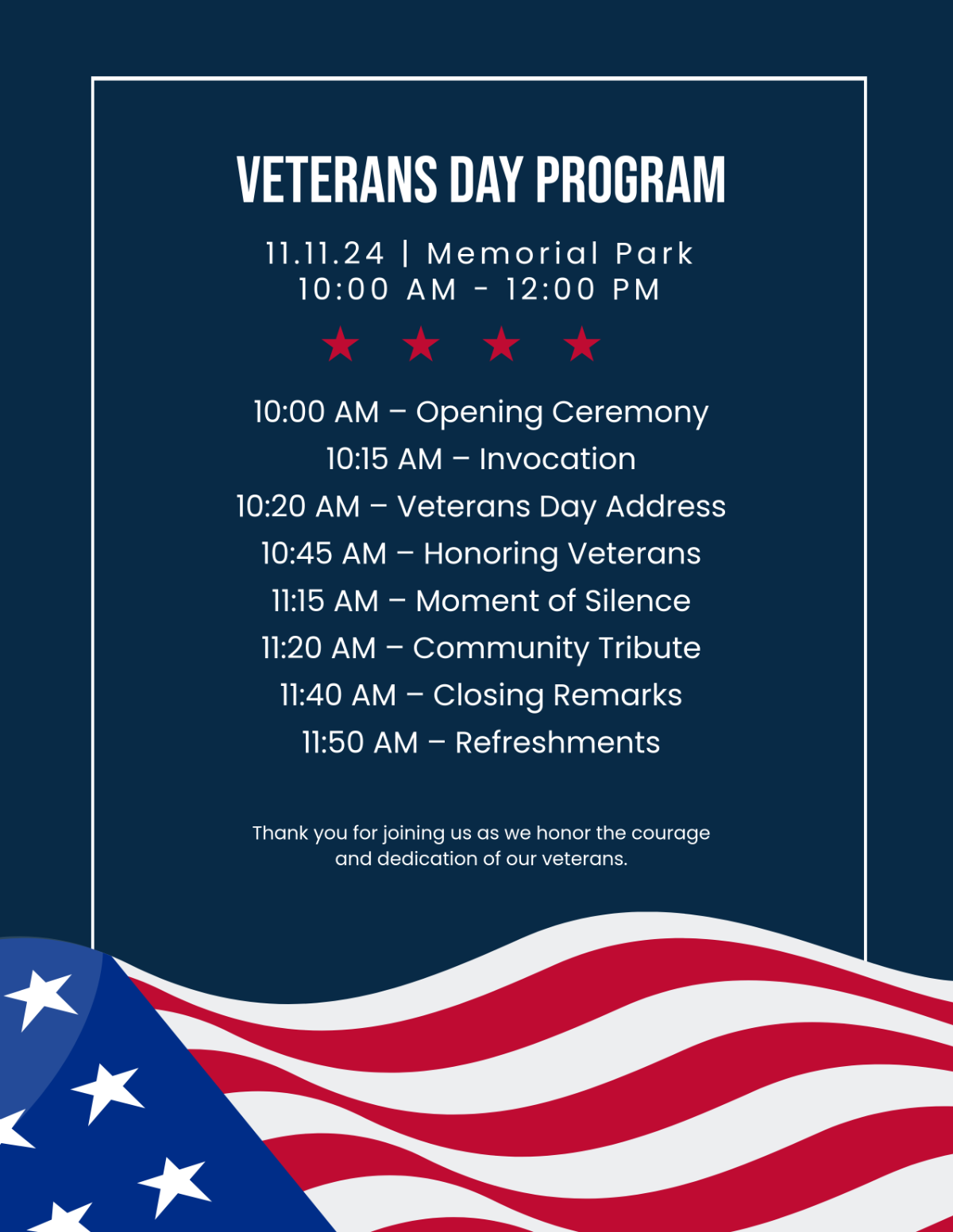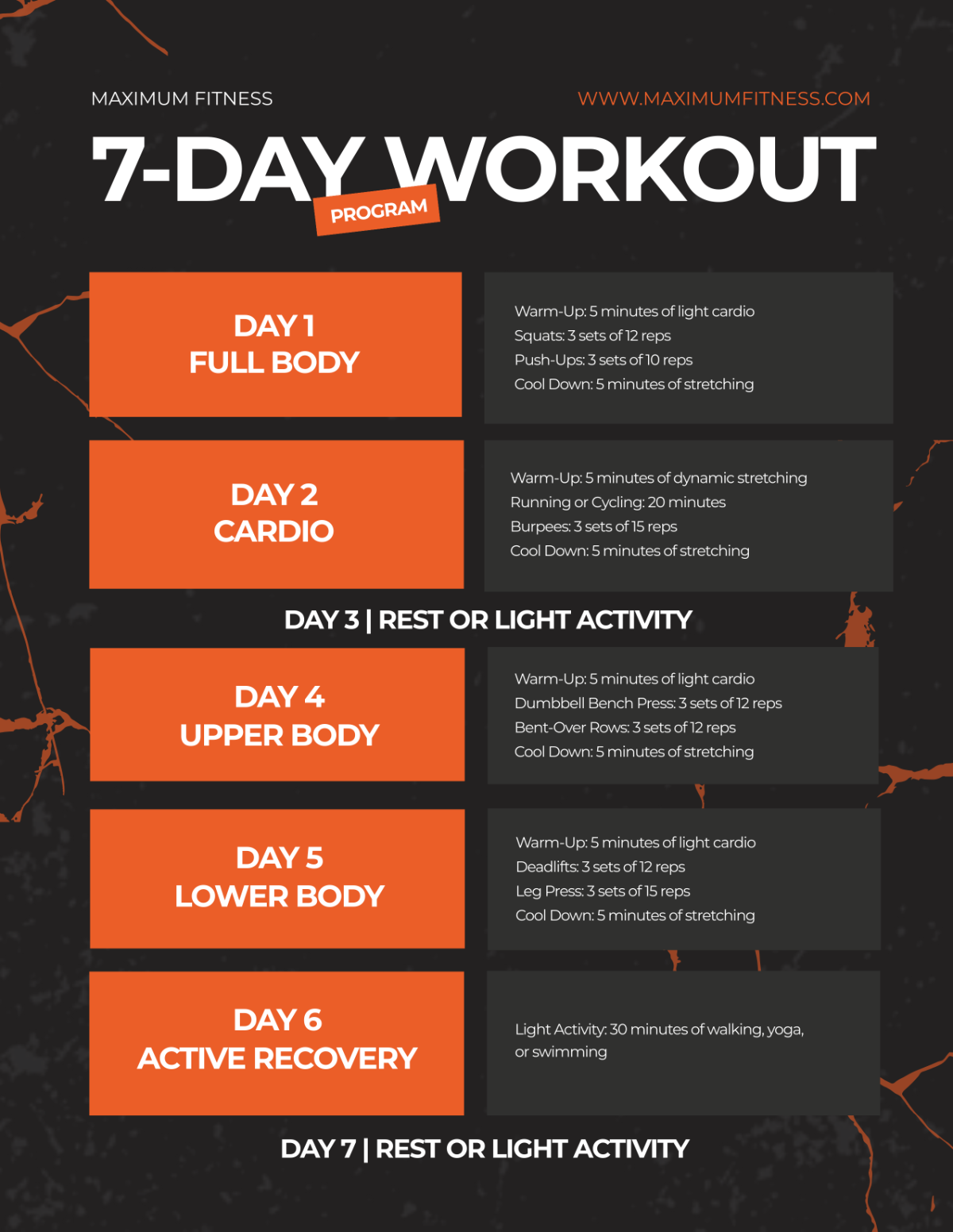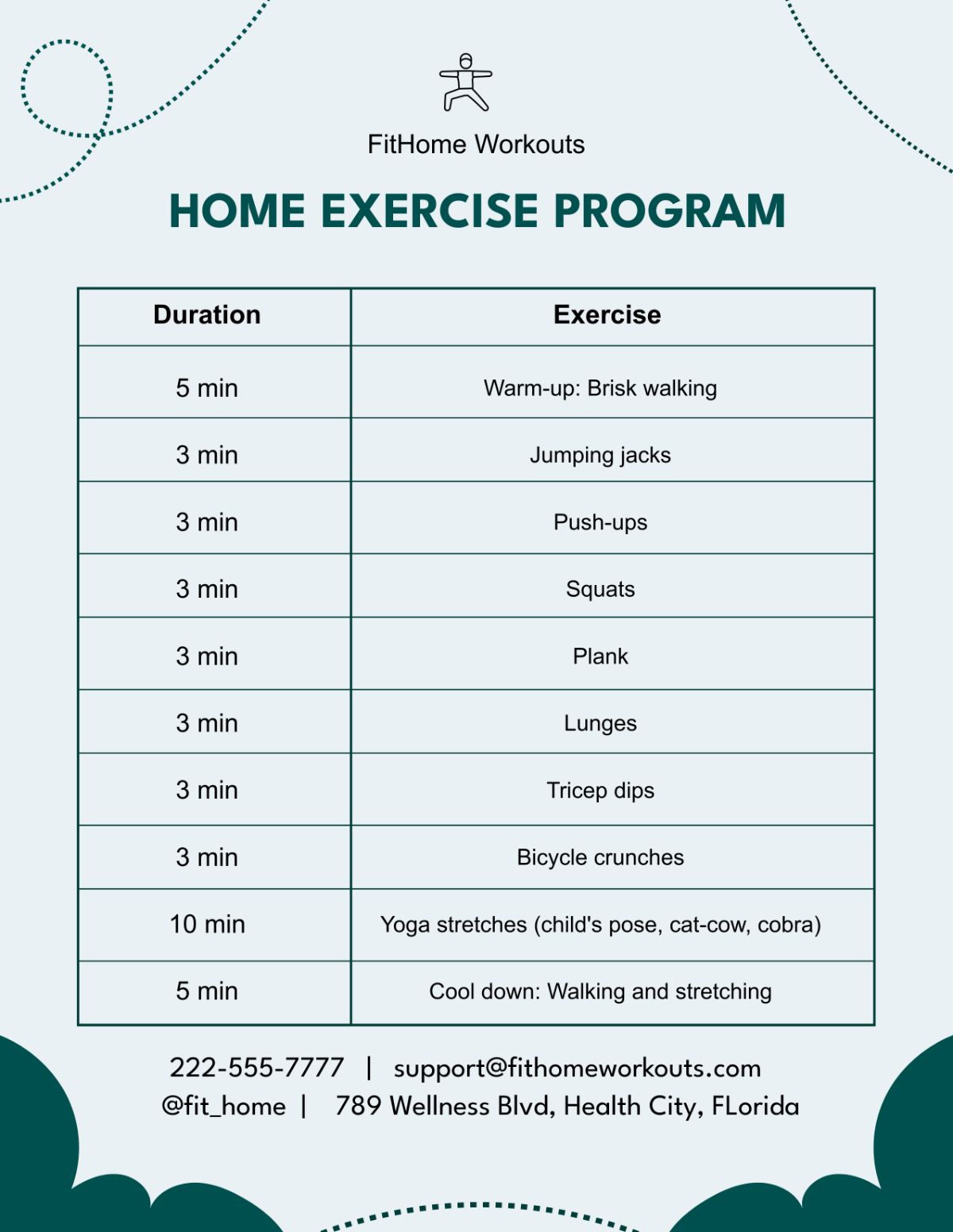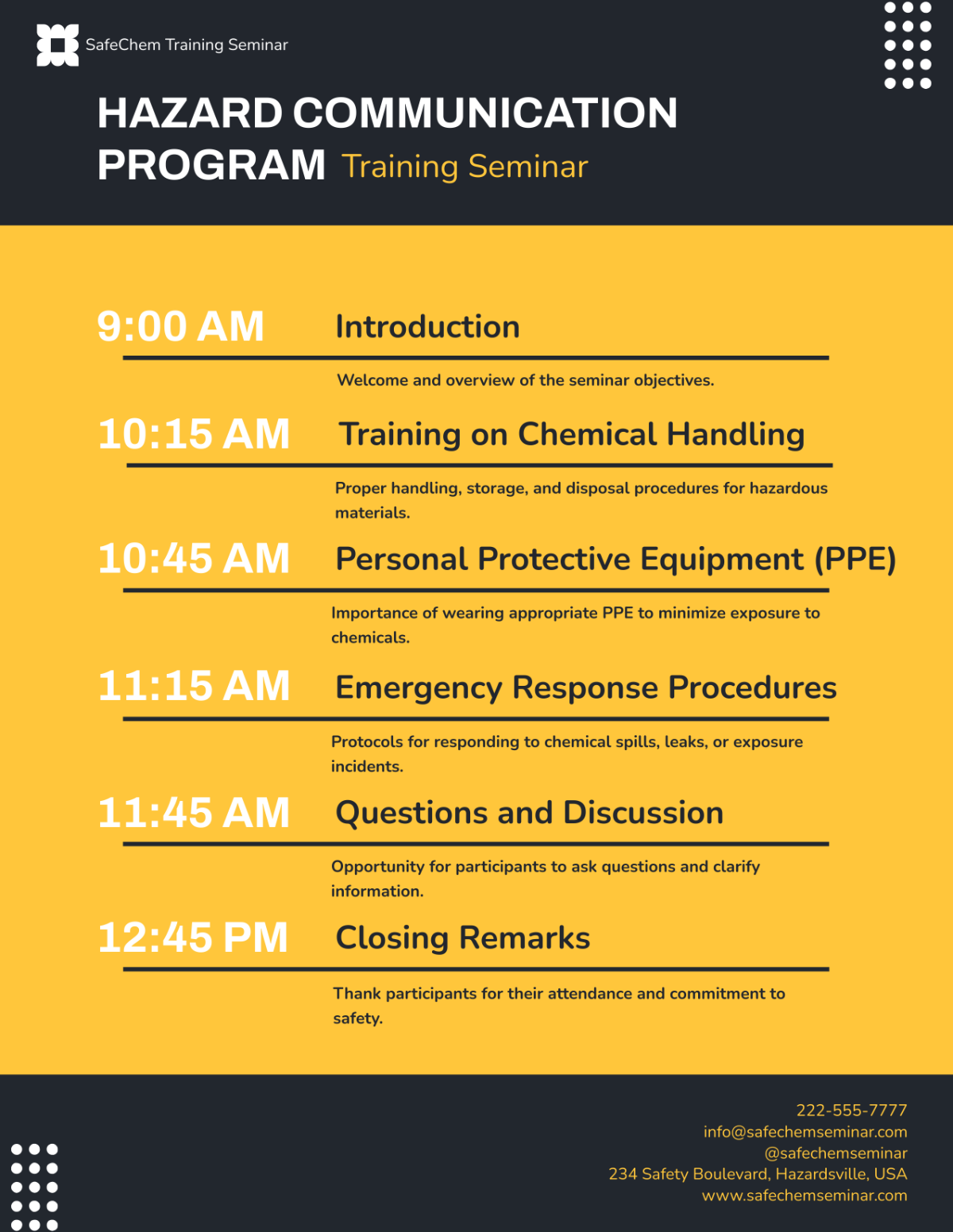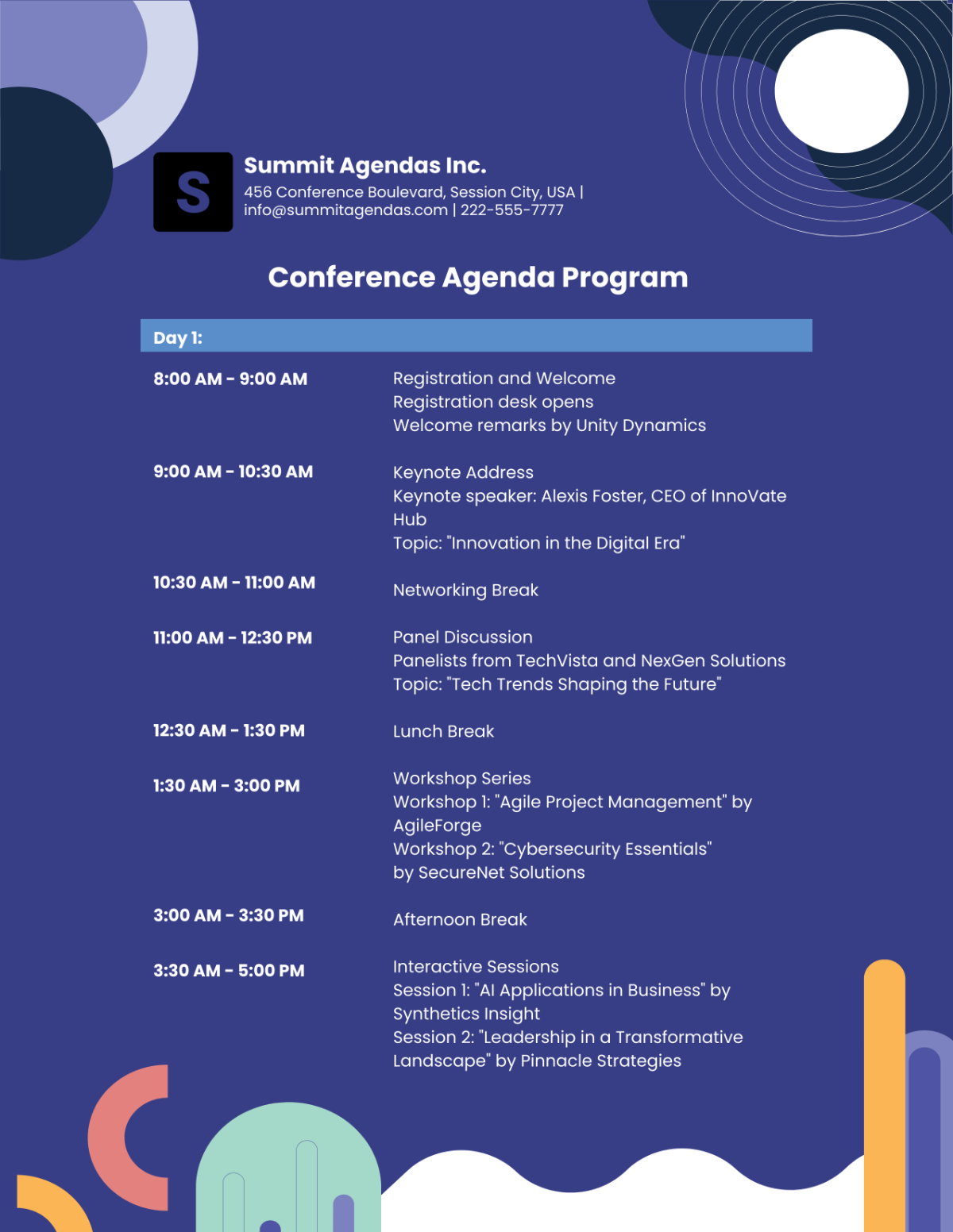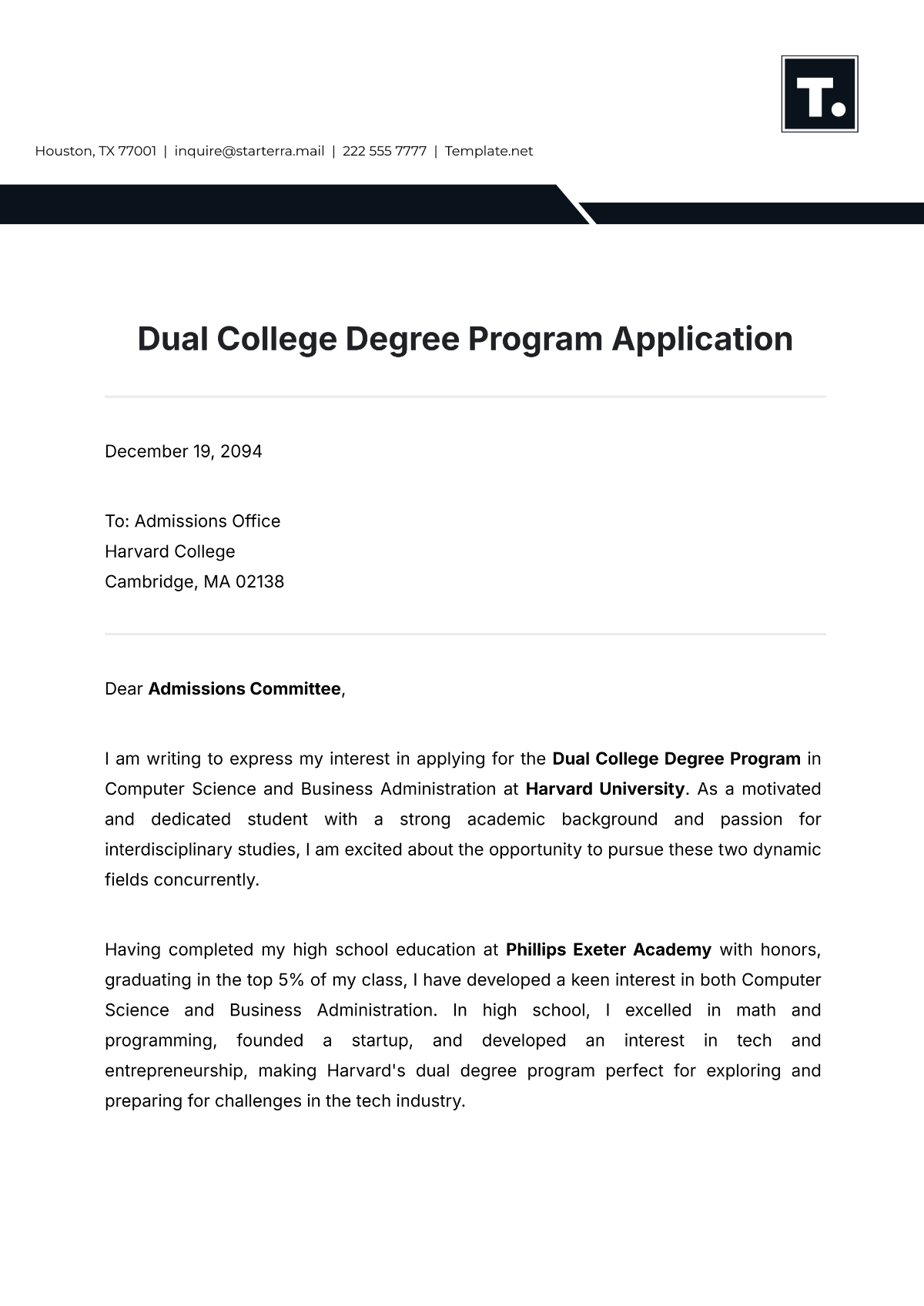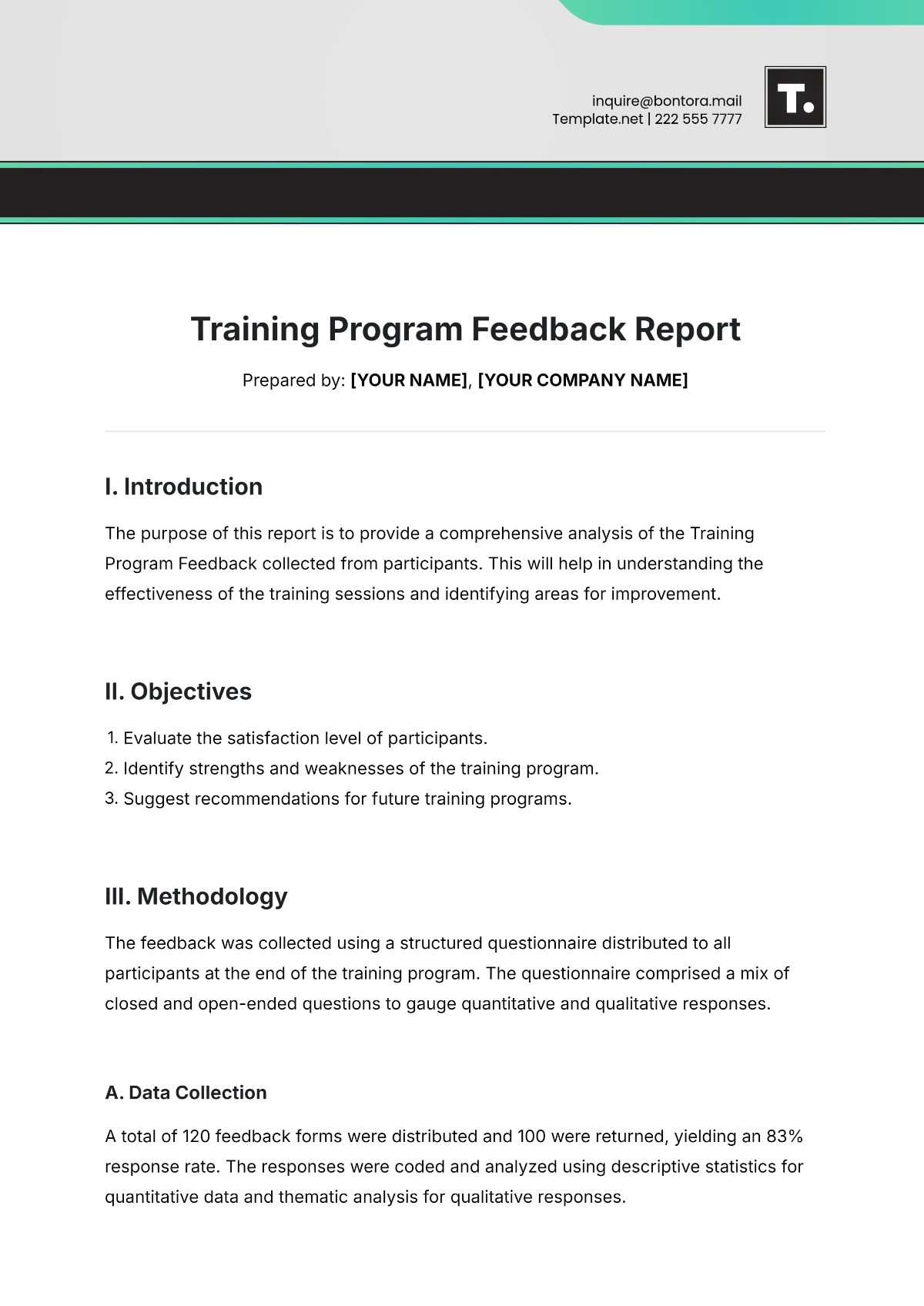WORKPLACE INCIDENT RESPONSE PROGRAM
Program Overview
The Workplace Incident Response Program (WIRP) at [Your Company Name] is a comprehensive framework designed to prepare for, manage, and resolve workplace incidents efficiently and effectively. This program encompasses a variety of incidents including but not limited to workplace injuries, security breaches, equipment malfunctions, and natural disasters. It is integral to maintaining a safe and secure working environment and upholding the highest standards of operational integrity.
Program Objectives
1. Quick Response
To ensure a timely and effective response to incidents, minimizing harm to employees, property, and the environment. This objective focuses on reducing downtime and mitigating risks immediately after an incident occurs.
2. Clear Communication
To maintain clear and constant communication channels among all involved parties during an incident. This includes keeping all stakeholders informed throughout the incident lifecycle.
3. Compliance and Documentation
To comply with legal and regulatory requirements and to document incidents and responses accurately for continuous improvement. This ensures accountability and provides valuable data for future prevention strategies.
Program Structure
A. Incident Response Team (IRT):
Team Leader: [John Doe, Safety Manager]
Members: [Representatives from HR, IT, Operations, and Legal departments]
B. Communication Protocols:
Primary Contact: [Your Company Email]
Emergency Hotline: [Your Company Number]
C. Incident Reporting Channels:
Online Reporting Portal: [Your Company Website]
Direct Reporting to Supervisor or IRT Member
Incident Classification
Incident Type | Description | Example |
Physical Injury | Any injury occurring on the premises | Slip and fall accidents |
Security Breach | Unauthorized access to systems | Cyberattack |
Equipment Failure | Malfunction of company equipment | Machinery breakdown |
Environmental Hazard | Natural or man-made disasters | Floods, chemical spills |
Classification provides a structured approach to handling incidents, allowing for tailored response strategies for each type.
Response Protocols
A. Immediate Action:
Ensure the safety of personnel
Secure the area
Notify IRT
Immediate action aims to stabilize the situation and prevent further harm or damage.
B. Assessment:
Evaluate the severity and impact of the incident
Determine necessary resources for response
Assessment helps in understanding the scope of the incident and planning an effective response.
C. Containment and Mitigation:
Implement measures to prevent escalation
Provide first aid or technical support as needed
This stage focuses on limiting the impact of the incident and preventing it from worsening.
D. Investigation and Documentation:
Gather facts and evidence
Document the incident thoroughly
A thorough investigation helps in understanding the causes of the incident and preventing future occurrences.
E. Recovery and Follow-Up:
Restore normal operations
Provide support to affected individuals
Review and update response procedures
Recovery is not just about returning to normal but also learning from the incident to improve future responses.
Training and Drills
Annual Training: Mandatory training sessions on WIRP for all employees.
Quarterly Drills: Simulated incident scenarios to prepare employees for real-life situations.
Training and drills are essential for ensuring that all staff are prepared and know their roles and responsibilities in the event of an incident.
Performance Metrics
Metric Goal | Measurement | Method |
Response Time | Under 15 minutes | Time from incident report to action |
Incident Resolution | 90% within 24 hours | Percentage of incidents resolved |
Employee Training | 100% participation | Training attendance records |
Drill Effectiveness | 80% positive feedback | Post-drill surveys and evaluations |
Continuous Improvement
A. Quarterly Reviews
Analyzing incident data to identify trends and areas for improvement.
B. Feedback Mechanism
An online portal for employees to provide suggestions and feedback.
Continuous improvement is key to adapting and enhancing the program to meet the evolving needs of the workplace.
Conclusion
The Workplace Incident Response Program at [Your Company Name] is a dynamic and integral part of our commitment to workplace safety and security. It is designed to be a living document, subject to regular review and improvement to ensure it remains effective and relevant to our evolving workplace environment. By fostering a culture of safety, preparedness, and continuous improvement, [Your Company Name] is dedicated to protecting its employees, assets, and reputation.



